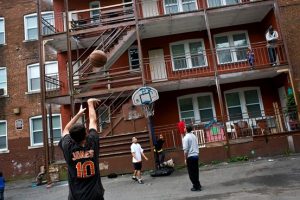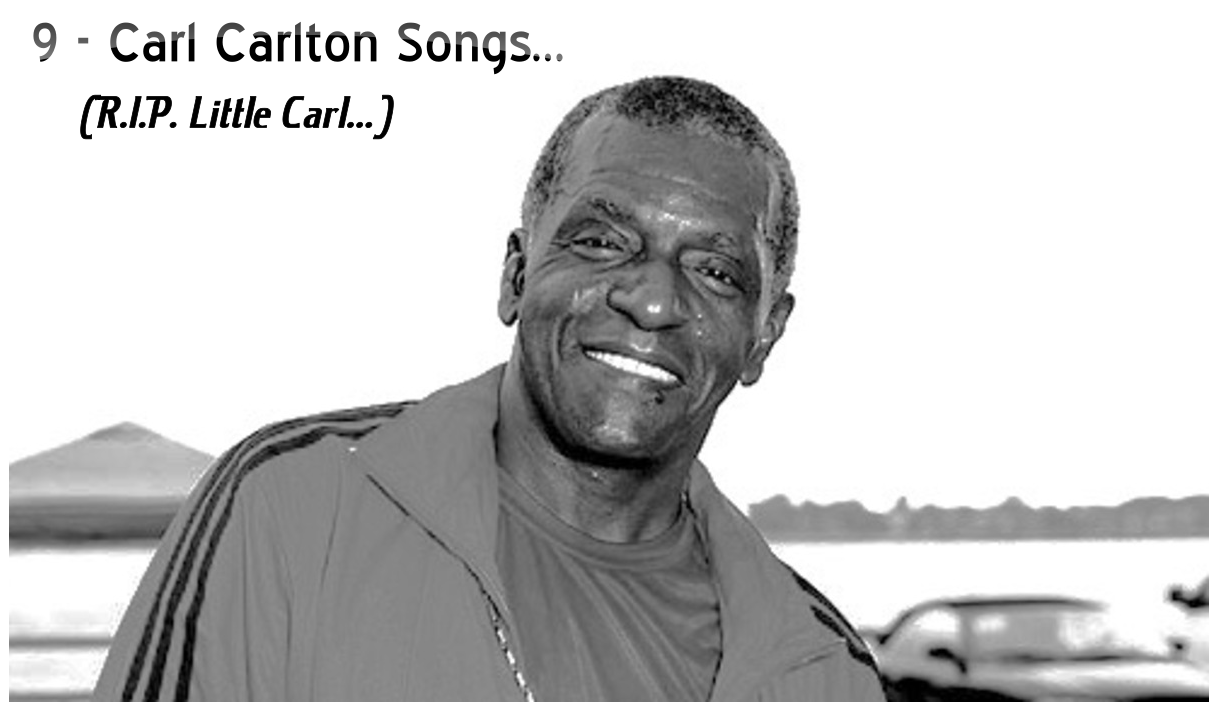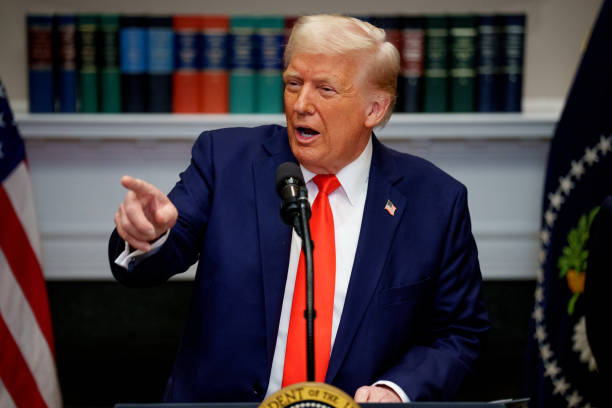(ThyBlackMan.com) While the idea of widespread red-light and speed cameras might seem relatively neutral, the truth is that they disproportionately hurt the most disadvantaged drivers.
Throughout America, cities have been implementing these traffic cameras in an effort to make roads safer overall. Some have argued that, since the traffic tickets are prompted by inanimate objects (cameras), this somehow makes them immune from systemic, social issues.
But the unfortunate reality is that, like many of America’s efforts to enforce the law, they unfairly derail the lives of poor, urban Americans—and especially people of colour. What started as an attempt to improve road safety has transformed into a system which essentially punishes and perpetuates poverty.
Many critics from across the country have voiced their concerns, from anti-poverty activists and researchers to working-class people who have experienced this phenomenon first-hand. In this article, we’ll consider criticisms of red-light/traffic cameras from analyses of three different areas:
1) Rochester, NY,
2) Alameda County, CA,
and
3) Chicago, IL.
Drawing from research and first-hand accounts, we’ll seek to prove the fact that red-light and speed cameras are not as neutral as they may seem. Using reports from these three different cities, we’ll note how these traffic cameras have often done more harm than good for low-income (often black) Americans.
Example 1: Rochester, NY
In December of 2016, Mayor Lovely Warren of Rochester, NY made a bold decision: she chose to effectively end the city’s red-light camera traffic enforcement program. Why? After reviewing a study which the city itself commissioned, it was found that “there were more total red light violations in five ZIP codes that had the city’s highest rates of poverty.”
In response to this information, Warren took swift action. Recognizing the dissonance between her own mission to eliminate poverty and the burden these cameras were placing on the most vulnerable residents of her city, she made the choice to eliminate the red-light camera initiative.
Mayor Lovely Warren explained: “I am particularly concerned that too many of these tickets have been issued to people who can least afford to pay them, which is counterproductive to our efforts to reverse our city’s troubling rates of poverty.”
It’s (unfortunately) rare that a politician would own up to the failure and systemic effects of a program like this, but Warren clearly put the needs of her city first. By responding to certifiable data that the red-light camera traffic enforcement program was disproportionately hurting low-income residents of Rochester, Warren concretely recognized and took a stand against this injustice.
Example 2: Alameda County, CA
The second example of this injustice was explored in The East Bay Express’ article, “The High Cost of Driving While Poor” by Sam Levin. This in-depth article looked specifically at the situation in Alameda County.
Levin posits that the county, “traps people in poverty with steep fines for minor traffic infractions — in a cruel system that depends on punishing Black and low-income residents and is plagued by hypocrisy and conflicts of interest.”
Here, too, it’s clear that the issuing of tickets for traffic infractions is not neutral: it actually targets the most disadvantaged residents of all. While the article looks at various different means of issuing traffic tickets, the topic of red-light cameras is frequent throughout. In several profiles, these cameras act as part of a domino effect: one minor infraction after another seems to entirely derail the lives (and livelihoods) of low-income residents.
Take, for example, the case of Carlos Smith: “In 2011, Smith got a ticket for driving with a suspended license, and in 2013, was slapped with an additional infraction after a red-light camera apparently caught him running a red . . . With all his fines, civil assessments, and interest fees combined, as of last month, Smith owed more than $3,000. Without a valid driver’s license, he has also been unable to find steady employment — making it impossible to pay off his debts.” It’s clear from Smith’s situation that not only do these cameras exacerbate the difficulties that low-income people face, but they actually function to keep them in a cycle of poverty.
On top of the issuing of said traffic tickets, Levin notes that “judicial officers routinely fail to take advantage of the wide discretion they have to consider people’s ability to pay fines.” He continues: “judges have increasingly felt pressured to raise revenues on the backs of poor people.”
So, the issue is not just that red-light cameras have largely affected low-income people of color in terms of the amounts of tickets issued. But when those same residents actually got their day in court, they were disproportionately likely to encounter harsh and unfair outcomes, all in the name of raising revenue.
Example 3: Chicago, IL
The last area on our list is the city of Chicago; hometown of this writer. ProPublica’s 2018 story, “How Chicago Ticket Debt Sends Black Motorists Into Bankruptcy,”explored how traffic tickets unfairly burdened black residents. Looking at various perspectives, the authors, Sanchez and Kambhampati, sought to prove how unjust these conditions were.
They write: “For Chicago’s working poor, and particularly for African Americans, a single unpaid parking or automated traffic camera ticket can quickly spiral out of control and threaten their livelihoods.” Desperate, the working poor often resorted to filing for bankruptcy, since they couldn’t come up with enough money to enter a city payment plan.
It’s noted in the article that, “advocates for the poor say the bankruptcy statistics are symptoms of a broken city system that unfairly burdens those least able to afford tickets, much less late fees and other penalties.” Again, it’s echoed that the burden of these traffic tickets has been largely placed on low-income residents, and especially people of color.
The article also refers to Edward Morrison, a law professor/economist at Columbia, who “said low-income, African-American households are more affected by ticket debt because they have less money to pay tickets even before debt mounts.” This has led to a cycle of poverty which leaves little hope of overcoming it.
The kicker? The article highlights the fact that, “Tickets for red-light camera violations . . . make up the greatest number of all citations.” So not only has the entire traffic ticket enforcement system hurt poor, urban residents, but the largest contributor to this system has been the tickets prompted by red-light cameras. It’s clear from this data that the traffic cameras have done an incredible amount of damage to the low-income, minority residents of Chicago.
Conclusion
Despite the fact that traffic cameras seem like a good idea at first glance, it’s been proven time and time again, across the country that they are not. In areas such as Rochester, Alameda County, and Chicago, it’s evident that tickets prompted by such cameras have an unfair negative effect on poor, urban residents—especially those who are black. More cities should, then, consider the approach taken in Rochester, NY: to eliminate red-light/speeding camera programs altogether…yesterday!
Staff Writer; Stanley G. Buford
Feel free to connect with this brother via Twitter; Stanley G. and also facebook; http://www.facebook.com/sgbuford.

















Red light cameras are for-profit rackets, not safety programs. They MUST use two scams to even issue enough tickets to pay their own high costs of $4,000 to $5,000 per month per camera. 1) Yellow intervals are left or set slightly too short for the actual perception/reaction times and actual approach speeds of at least 85% of the drivers (safest timing). Typically the yellows are about one second too short knowing that about 80% of the violations are in the first second of red. Note those drivers clear the intersections during the all red phase and the cross traffic’s short start up delay. 2) Cameras ticket safe slow rolling right on red turns that research by the National Highway Traffic Safety Administration shows almost never cause crashes. Red light cameras should be illegal in every state, as they are in some already, they are always for-profit rackets.
James C. Walker, National Motorists Association